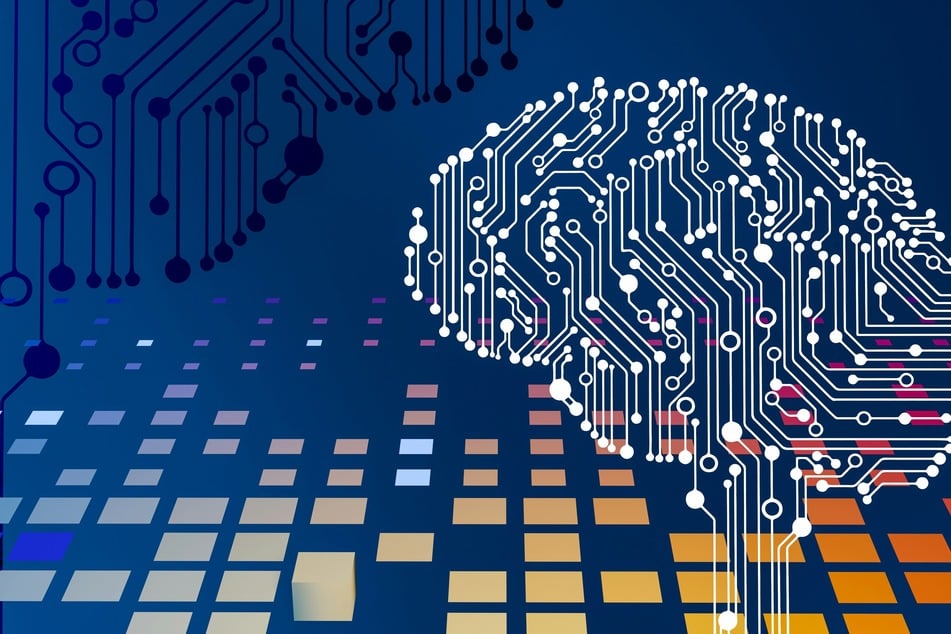How artificial intelligence "thinks" is a mystery – even to the people who make it
New York, New York - Even the greatest human minds building generative artificial intelligence that is poised to change the world admit they do not comprehend how digital minds think.

"People outside the field are often surprised and alarmed to learn that we do not understand how our own AI creations work," Anthropic co-founder Dario Amodei wrote in an essay posted online in April.
"This lack of understanding is essentially unprecedented in the history of technology."
Unlike traditional software programs that follow pre-ordained paths of logic dictated by programmers, generative AI (gen AI) models are trained to find their own way to success once prompted.
In a recent podcast, Chris Olah, who was part of ChatGPT-maker OpenAI before joining Anthropic, described gen AI as "scaffolding" on which circuits grow.
Olah is considered an authority in so-called mechanistic interpretability, a method of reverse engineering AI models to figure out how they work.
This science, born about a decade ago, seeks to determine exactly how AI gets from a query to an answer.
"Grasping the entirety of a large language model is an incredibly ambitious task," said Neel Nanda, a senior research scientist at the Google DeepMind AI lab.
It was "somewhat analogous to trying to fully understand the human brain," Nanda added, noting neuroscientists have yet to succeed on that front.
Delving into digital minds to understand their inner workings has gone from a little-known field just a few years ago to being a hot area of academic study.
Tech leaders are trying to keep AI honest

Mechanistic interpretability involves studying not just results served up by gen AI but scrutinizing calculations performed while the technology mulls queries, according to Crovella.
"You could look into the model... observe the computations that are being performed and try to understand those," the professor explained.
Startup Goodfire uses AI software capable of representing data in the form of reasoning steps to better understand gen AI processing and correct errors.
The tool is also intended to prevent gen AI models from being used maliciously or from deciding on their own to deceive humans about what they are up to.
"It does feel like a race against time to get there before we implement extremely intelligent AI models into the world with no understanding of how they work," said Goodfire chief executive Eric Ho.
In his essay, Amodei said recent progress has made him optimistic that the key to fully deciphering AI will be found within two years.
"I agree that by 2027, we could have interpretability that reliably detects model biases and harmful intentions," said Auburn University associate professor Anh Nguyen.
According to Boston University's Crovella, researchers can already access representations of every digital neuron in AI brains.
"Unlike the human brain, we actually have the equivalent of every neuron instrumented inside these models," the academic said. "Everything that happens inside the model is fully known to us. It's a question of discovering the right way to interrogate that."
Properly understood, a gen AI model with a stamp of reliability would grab a competitive advantage in the market. Such a breakthrough by a US company would also be a win for the nation in its technology rivalry with China.
"Powerful AI will shape humanity's destiny," Amodei wrote.
"We deserve to understand our own creations before they radically transform our economy, our lives, and our future."
Cover photo: Unsplash/Steve Johnson